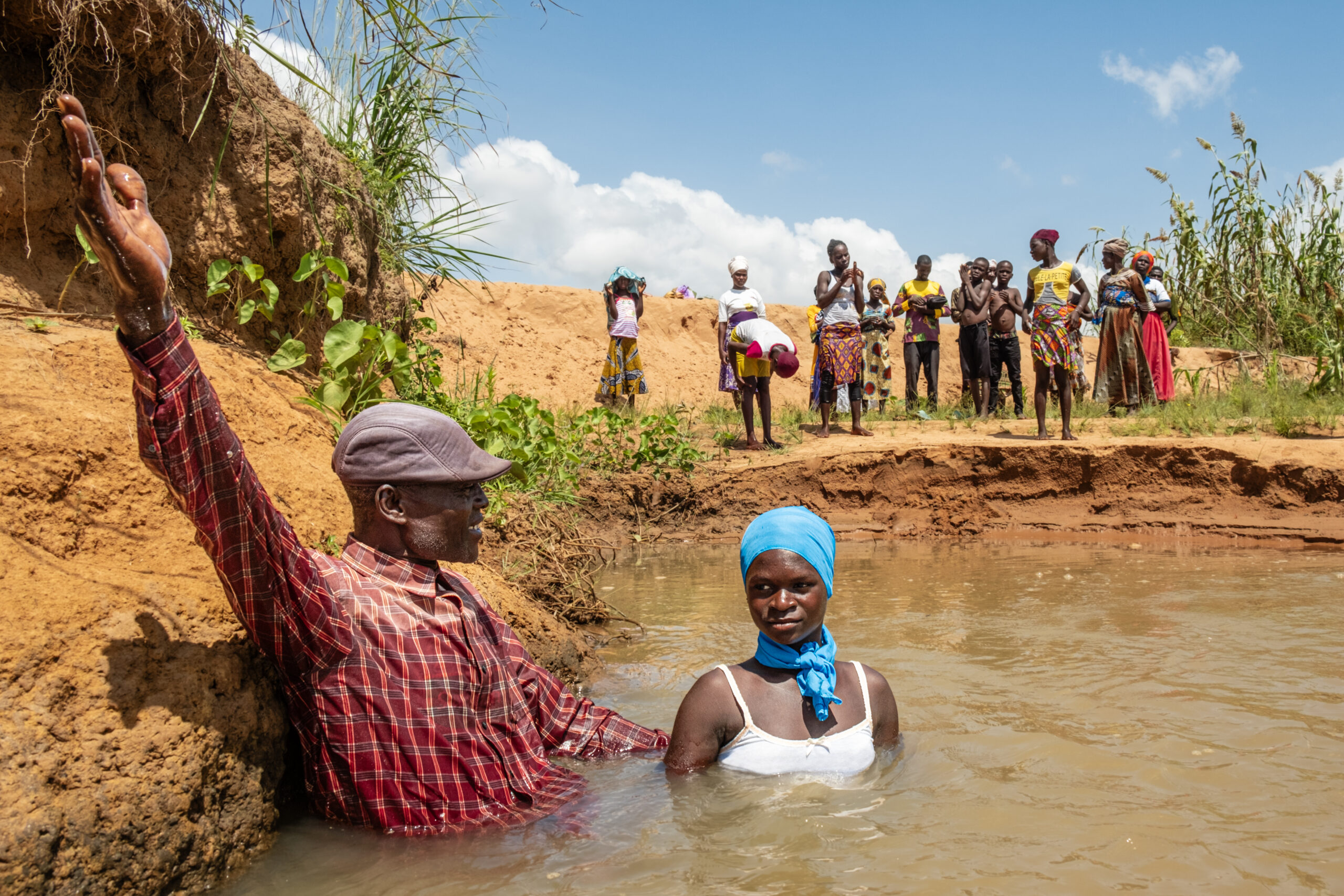
Billions of people around the world are without the hope of Jesus. Lostness is the greatest problem because it's an eternal problem.
From the Great Commission, until the Great Multitude, every believer is called to play a part in His mission. Whether you give, go, pray, or send, you are part of the Great Pursuit—a shared commitment to do whatever it takes to see every nation and all people worshiping Jesus in heaven.
We’ll offer suggestions to help you get involved…
See SuggestionsWe steadfastly work in cities, hard-to-reach places, and among people who are dispersed and displaced in pursuit of reaching every people and place on earth with the gospel.
As a believer, you are called to help solve the world's greatest problem—lostness. You can join in His mission and get involved in global missions through the IMB in many ways.

We exist to see lives transformed by the gospel
People heard the gospel
New believers
Baptisms
People trained in church planting
People groups impacted
New churches formed
Receive stories of transformation and highlights of how God is at work among the nations.
